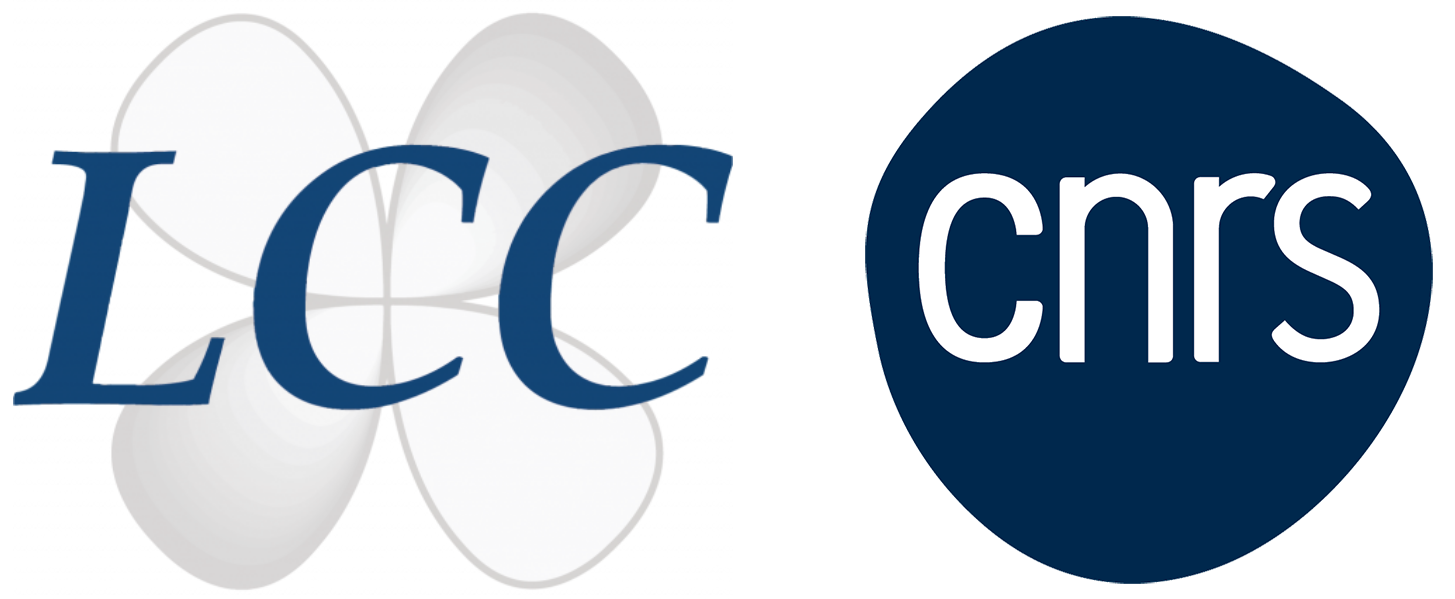
- Cet évènement est passé.
Conférence Pr Amir H. HOVEYDA

Pr Amir H. HOVEYDA – Conférence reportée
Laboratories for Catalytic Synthetic Chemistry, Supramolecular Science & Engineering Institute,
University of Strasbourg & CNRS, Strasbourg, France
New Molecular Landscapes Made Accessible through Catalysis
Click reactions, processes that link two molecules of any size under mild conditions in organic or aqueous media, are indispensable to investigations in biological chemistry, drug development and materials research. Catalytic variants can involve more robust substrates, allowing for greater practicality and broader applicability. The appeal of click strategies is mainly owing to copper-catalyzed azide-alkyne cycloaddition (CuAAC). The recently introduced catalytic sulfur-fluoride exchange (SuFEx), which is orthogonal to CuAAC, shows considerable promise as well. It is particularly desirable that a click process delivers linkages that are easily modifiable, so that further structural diversification is feasible. Nonetheless, triazole linkers generated by CuAAC cannot be easily modified and the SuFEx version that gives alterable connectors (hubs) requires, in its current form, stringent conditions. Here, we introduce copper-catalyzed phenoxydiazaborinine formation (CuPDF) and copper- and palladium-catalyzed quinoline formation (Cu/PdQNF) as click-and-modify strategies for effecting the union of a nitrile, a monosubstituted allene, a diborane, and a hydrazine or an aniline. Transformations are easy to perform and can be carried out in aqueous media, delivering robust yet modifiable fluorescent hubs. CuPDF and Cu/PdQNF are orthogonal to CuAAC and SuFEx, despite the fact that, similar to CuAAC, the first step is promoted by a copper catalyst. The utility of the strategy is highlighted by facile syntheses of a sequencedefined branched heptadecamer, two cilengitide-derived drug conjugates and a pentagastrin-derived two-drug conjugate.
